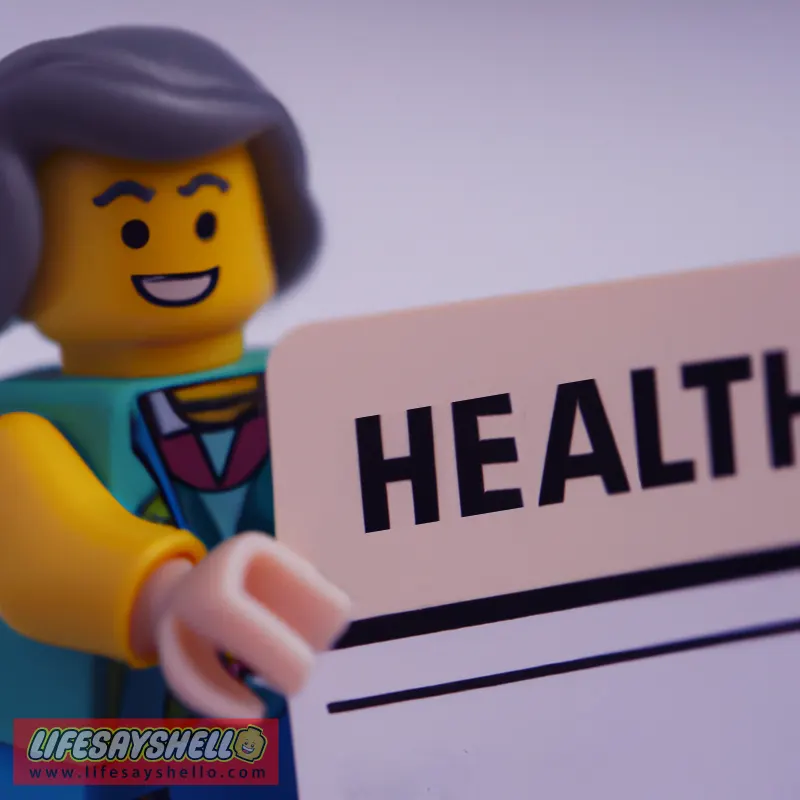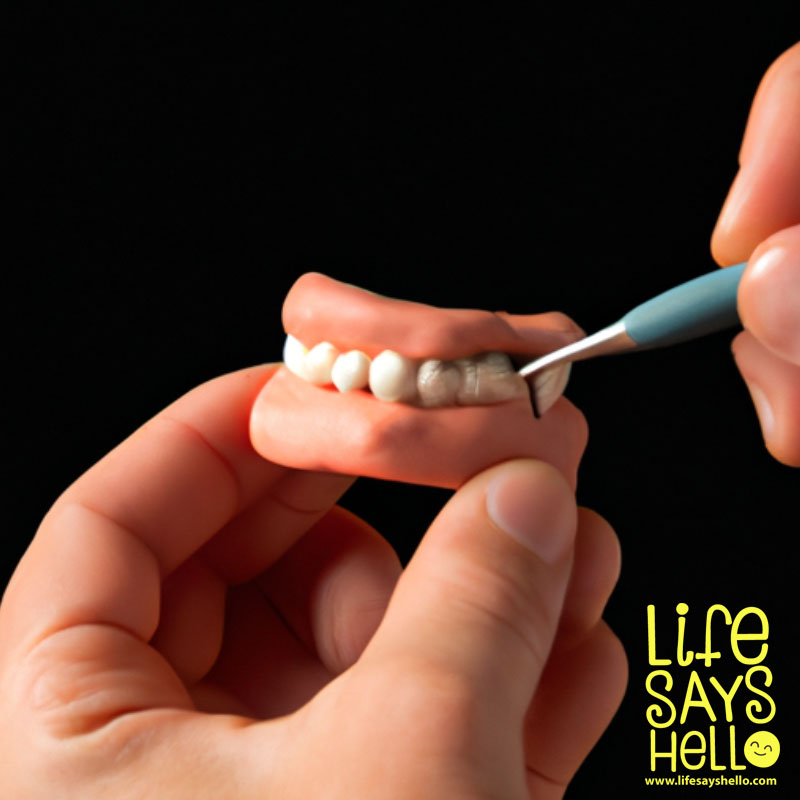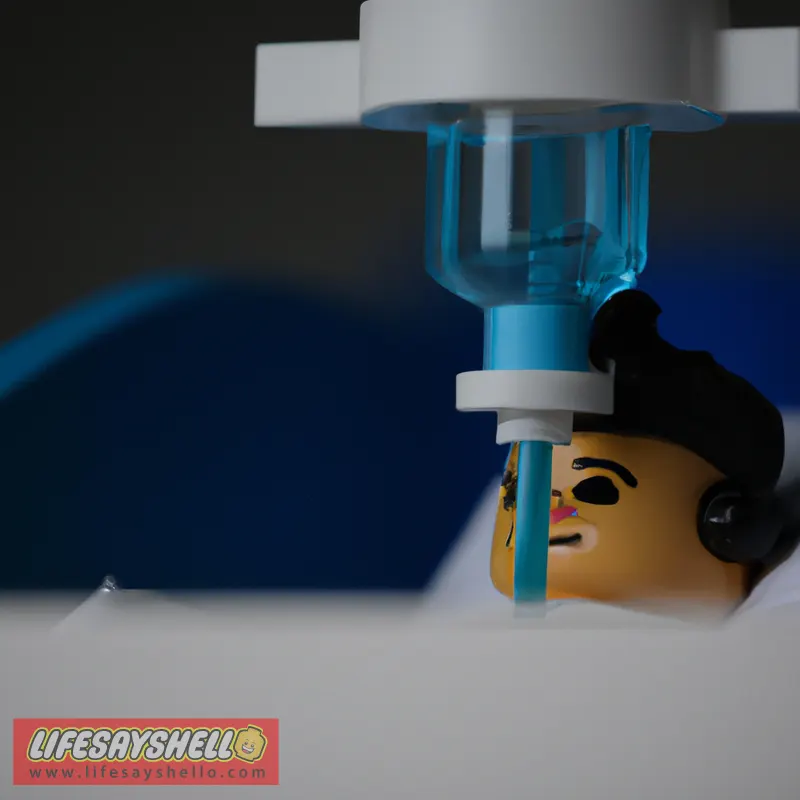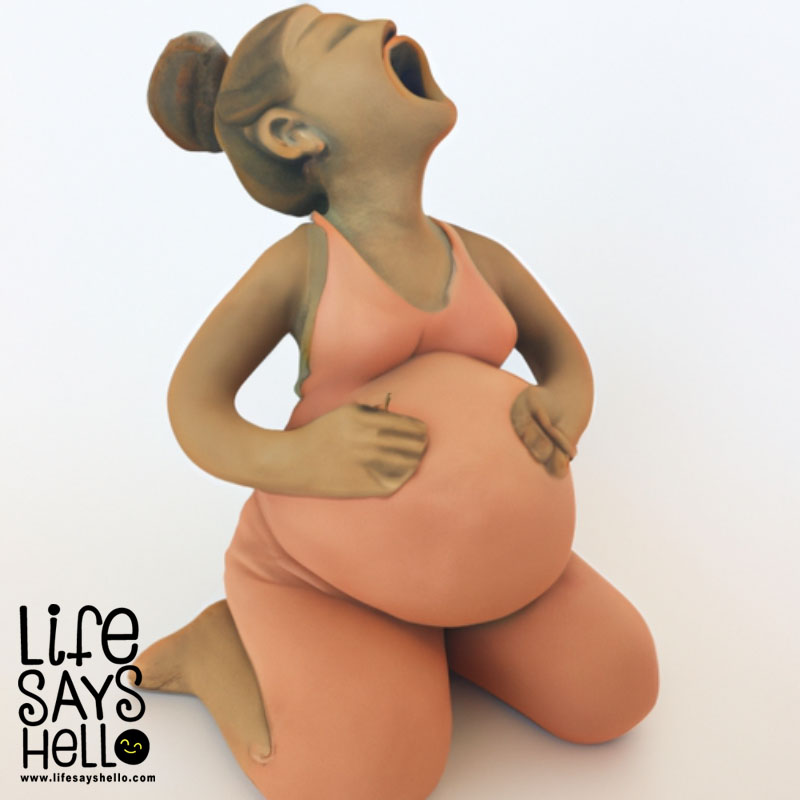Who Qualifies for a Low Income Health Care Card?

Having reliable access to healthcare is extremely important. But for many low-income individuals and families, the costs of doctor visits, medications, and other medical expenses can be prohibitively expensive. This is where low income healthcare cards can help. These cards provide discounted or free access to a variety of healthcare services and prescriptions. But who actually qualifies for these potentially life-changing cards?
In this article, we’ll break down the eligibility requirements to get a low income health care card in both the United States and Australia. We’ll look at the various factors that are taken into account, like income thresholds, age, family size, disability status and more. We’ll also provide details on how to apply for these cards through Medicaid and Medicare in the US, and through the Department of Human Services in Australia.
Whether you’re an individual, parent, senior citizen or person with disability, read on to find out if you may qualify for this form of assistance. Having a low income healthcare card can literally be the difference between getting the medical care you need or not.
What Is a Low Income Healthcare Card?
First, let’s quickly outline what these cards are and how they work. A low income healthcare card entitles the holder to cheaper healthcare services and prescriptions. For example, in Australia it reduces the cost of prescription medications under the Pharmaceutical Benefits Scheme. In the United States, state Medicaid programs provide free or very low cost health coverage to those who qualify.
These cards are intended for low income residents who still need access to healthcare but would struggle to afford it otherwise. They help to make doctor’s visits, medications, dental care and more affordable based on financial situation. Healthcare cards may be issued at the federal, state or even county level depending on the country and specific program.
Now let’s dive into the various eligibility factors and requirements.
Eligibility for a Low Income Healthcare Card in the United States
In the United States, low income healthcare cards are issued primarily through Medicaid at the state level. Medicaid is a jointly funded federal and state health insurance program. To qualify for Medicaid, you must meet certain eligibility requirements related to income, family size, pregnancy status, disability status and other factors. These requirements can vary somewhat between states.
Here are some of the main criteria that may qualify you for Medicaid and thus a low income healthcare card in the US:
Income - Having a low household income is the main factor. Income limits to qualify for Medicaid are based on the Federal Poverty Level. This level changes annually and depends on family size. Even if your income exceeds the Medicaid limit, you may still qualify for subsidized insurance on the Health Insurance Marketplace.
Pregnancy - Pregnant women with income up to a specified level qualify for Medicaid coverage for the duration of their pregnancy and 60 days after giving birth. This limit is often higher than the regular Medicaid income limit.
Children - Infants, children and teenagers under 19 qualify for Medicaid more easily than adults. The income limits are higher for children and there is no asset test. Many states provide Medicaid for children under age 6 up to 142% of the Federal Poverty Level and children 6-18 years old up to 133%.
Seniors - Adults over age 65 who are also struggling financially can more easily qualify for Medicaid. Asset limits are higher for seniors and in some cases there is no asset test. Seniors with monthly incomes up to 75% of Federal Poverty Level are eligible in many states.
Disability - People receiving Social Security Disability benefits will qualify for Medicaid coverage in most states. The disability must be medically proven by the Social Security Administration.
Caregivers - If you are the legal guardian for a child or disabled adult who receives Medicaid benefits, you may also qualify.
In addition, 35 US states plus Washington D.C. have expanded their Medicaid programs under the Affordable Care Act. This allows eligibility based on income alone with no asset test. In expansion states, individuals with income up to 138% of Federal Poverty Level can enroll in Medicaid.
Even if your income exceeds the limits for your state’s Medicaid program, it’s still advisable to apply through HealthCare.gov. You may get very low cost health coverage with subsidized premiums on the Health Insurance Marketplace. There are also exceptions where you may still qualify for Medicaid based on specific circumstances.
How to Apply for Medicaid in the United States
Applying for Medicaid is generally done through one of these methods:
Through HealthCare.gov - This federal website lets you apply for Medicaid through your state agency as part of enrolling in health insurance plans under the Affordable Care Act. You fill out one application and will be notified if you qualify for Medicaid or lower cost private insurance.
Directly with your State Medicaid Program - Visit your state health and human services website to apply for Medicaid. In some cases you may need to visit a local Medicaid office in person to enroll.
Through the Social Security Administration - If you receive SSI disability benefits, you can have your Medicaid application sent to your state Medicaid agency.
Women, Infants and Children program (WIC) – Pregnant women and mothers can apply for Medicaid when applying for WIC nutritional assistance.
When applying, be prepared to provide documents as proof of US citizenship, income, assets and other information to determine eligibility. If approved, you will receive a Medicaid card which must be shown each time you get medical care. Re-enrollment in Medicaid must be done annually in most states.
Who Qualifies for a Low Income Healthcare Card in Australia?
In Australia, low income healthcare cards are issued by the federal government Department of Human Services. To be eligible, your income must be below a certain threshold based on your family size and living situation.
Here are the main criteria to qualify for a Low Income Health Care Card in Australia:
Income - Your average gross weekly income over 8 weeks must be below the income limits set for a Low Income Health Care Card. These income limits can vary from around $573 AUD per week for a single person to $1,156 AUD for a family of 5. Income includes money from wages, investments and more before tax.
Assets - For the Low Income Health Care Card there is no assets or savings limit. Only your income is considered for eligibility.
Relationship status - Income limits vary based on if you are single, partnered, or have dependent children. Your combined household income must be below the thresholds.
Government payments - If you receive certain government assistance payments or allowances you are automatically entitled to the Low Income Health Care Card. This includes recipients of Carer Payment, Disability Support Pension, Parenting Payment, and others.
Foster children - Foster children under your care also entitle you to a Health Care Card.
So in Australia eligibility is primarily based on having an income under a defined limit. Your assets, property, or savings do not factor in. Seniors, people with disability, and caregivers also receive consideration to make it easier to qualify.
How to Apply for a Low Income Healthcare Card in Australia
To get a Low Income Health Care Card in Australia, you need to submit an application to the Department of Human Services. Here are some ways to apply:
Online - Apply using your Centrelink online account through myGov. This is the fastest way to submit your application.
By phone - Call the Department of Human Services to have a paper application mailed to you or apply over the phone.
In person - Visit a Centrelink Service Center to pick up a paper application or meet with a representative.
Through a financial advisor - Connect with a free financial counselor who can help submit the application.
When applying, have pay slips, bank statements, tax returns and other financial documents ready to verify your income. If approved, the Low Income Health Care Card is valid for 1 year. You must reapply each year and confirm your income remains under the limits.
Key Takeaways on Low Income Healthcare Card Eligibility
Some key points to keep in mind when determining if you may qualify for a low income healthcare card:
Income is the most important factor, however the income limits vary significantly based on location, family size, age, and disability status.
Pregnant women, children, seniors, and people with disabilities are often eligible at higher income levels compared to healthy adults.
In the US, assets like savings and property are considered for Medicaid eligibility. In Australia, only income is taken into account.
Even if you exceed the income limits, you may still qualify for other help like subsidized health insurance. Always apply just in case.
Application processes differ between Medicaid applications in the US versus applying through the Department of Human Services in Australia.
Recheck the eligibility requirements in your state or territory each year and reapply when necessary.
Getting and utilizing a low income healthcare card can really help you access and afford the medical treatments you need. But first, be sure to determine if you meet the income, age, family size or disability qualifications in your location.
Conclusion
We hope this overview has helped explain who can qualify for a low income health care card. While eligibility criteria differs between the United States and Australia, factors like income, age, pregnancy status, family size and disability are common considerations. These cards exist to provide healthcare access to those most in financial need.
Be sure to check the specific income thresholds and application process for your state or territory. Get in touch with local Medicaid offices or the Department of Human Services to find out how to apply. With financial assistance for healthcare costs, individuals and families can get the essential medical treatments they require.




Comments